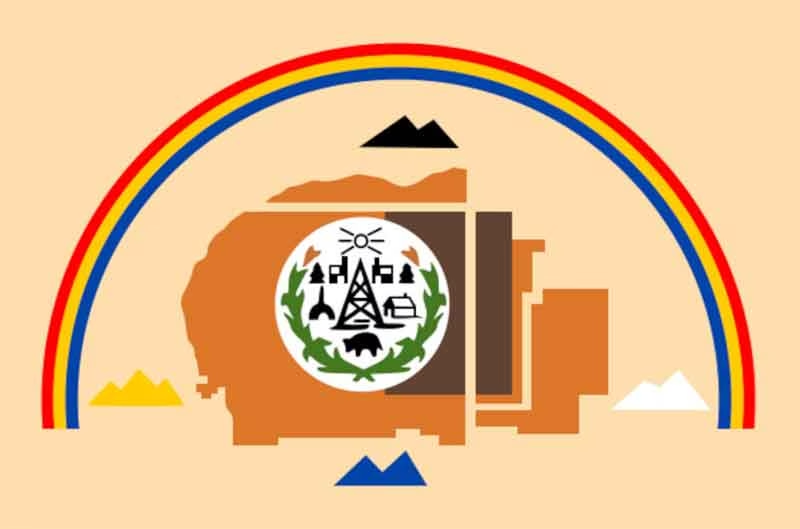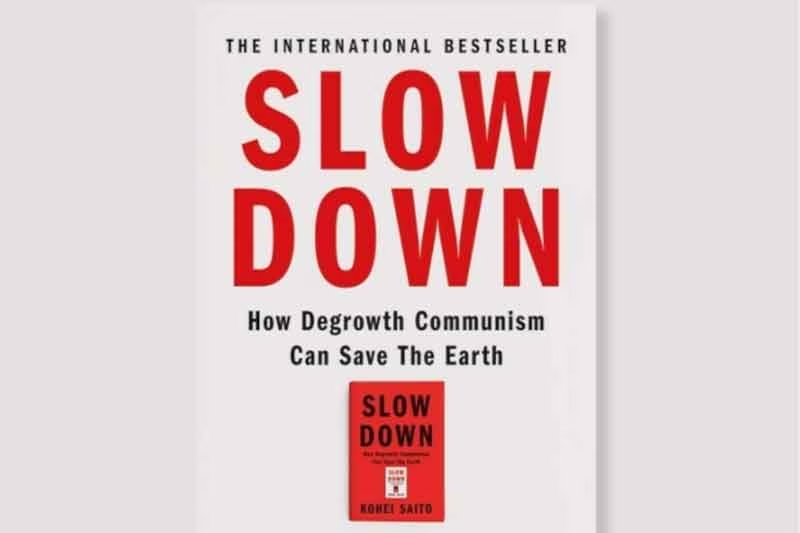
Regardless of the shape or structure of the world, food remains an essential necessity for human survival. Whether in developed countries that have advanced with the latest benchmarks of modern progress or in developing nations striving to reach those benchmarks, all citizens require food to survive. However, with rapid progress, agriculture has become a secondary occupation globally—a deeply troubling trend. As a result, essential nutrients in food grains, processed foods, and even beverages are diminishing.
Over the past four to five decades, while the population of the country and the world has grown rapidly, cultivable land has simultaneously declined. Infrastructure development such as railways, roads, industries, buildings, airports, bus stations, schools, hospitals, and urban residential complexes has encroached upon rural forests, the environment, and fertile agricultural land. Consequently, agricultural activity itself has been shrinking.
According to the Global Report on Food Crises published in 2024, around 295 million people globally are facing severe food insecurity. This figure is projected to reach 943 million by 2025. The UN’s Food and Agriculture Organization (FAO) estimates that the hidden annual cost of global agriculture is $12 trillion, primarily due to unhealthy diets and environmental degradation.
In India, the 2024 Global Hunger Index ranks the country 105th out of 127 nations, with a score of 27.3, reflecting a “serious” hunger crisis and highlighting the fundamental problems within India’s agricultural system.
This lifestyle trend has grown significantly over the past few decades and is now widespread worldwide. In contrast, the global population has surged, and the demand for food has grown accordingly. To meet the needs of this large population, governments, the agricultural sector, and farmers have been pressured to increase production. Since the last 40–50 years, chemical fertilizers and pesticides have been aggressively promoted as essential inputs for higher yield. These inputs have now become indispensable—so much so that even if farmers want to stop using them, they cannot.
The use of chemical fertilizers has led to a drastic reduction, even elimination, of vital nutrients in food grains. Yet, due to shrinking cultivable land, the pressure to feed a growing population has intensified. In 2024, India produced 329.7 million tonnes of food grains, primarily due to heavy use of chemical fertilizers. The Indian fertilizer market is 85% dependent on chemical fertilizers, while only 15% involves organic inputs. Urea is the most widely used fertilizer in India. Since 2009–10, its usage has increased by one-third, while its price has only risen by 16.5%—from ₹4,830 to ₹5,628 per ton. This large subsidy has made farmers increasingly dependent on chemical inputs.
Over the past four decades, farmers have mastered this method of farming and continue to see short-term profits. Government warehouses are overflowing with grains. Minimum Support Prices (MSP) for crops are rising. Fertilizers, seeds, pesticides, and other inputs are subsidized. Every year, most production is bought by the government. On the surface, this modern farming system seems convenient for farmers, the government, and BPL families receiving subsidized food grains.
But this convenience comes with a contradiction.
People are falling prey to both curable and incurable diseases. For the healthcare sector and policymakers, this may not seem alarming—as they find opportunities amid crises. With the rise in diseases, medical research, hospitals, and pharmaceutical businesses are thriving, but human lives are at risk.
We are now trapped within the limited scope of economic development, unable to escape from its unresolved contradictions. Amidst this crisis for human well-being, there comes news that India has become the fourth-largest economy in the world. According to reports, India has surpassed Japan to reach a $4 trillion economy. Economic experts also predict that by 2028, India could surpass Germany to become the third-largest economy.
While national progress and economic strength are admirable achievements, if reaching such heights requires overdependence on imports, consumer spending, population consumption, and service sectors, then our economy cannot be considered truly balanced. We must move toward establishing a new global model—one in which agriculture is made the backbone of economic progress.
Over 60% of India’s population still depends on agriculture for livelihood. Despite heavy subsidies and free food grain distribution to a large segment of the population, many are unable to pursue farming. This indicates a deeper problem. The Indian food processing sector is projected to reach $535 billion by 2025–26, but most of the profits are being reaped by large corporations, not farmers.
However, there is a silver lining: India’s organic fertilizer market is expected to grow to $935 million by 2031. This points to the urgent need to return to natural farming. Instead of subsidizing chemical fertilizers, the government must incentivize organic agriculture. Farmers should be trained in traditional farming methods and provided with financial support. Soil testing and nutrient replenishment through natural means must be prioritized. Bio-fertilizer production needs to be scaled up and supported. Farmers should be connected directly to markets, and the number of middlemen should be reduced.
In this era of crisis, we must return to natural farming and adopt a path of sustainable development. Only then will our economic progress have real meaning, and we can build a healthy society.
Subscribe to Our Newsletter
Get the latest CounterCurrents updates delivered straight to your inbox.
Vikas Meshram is a journalist
















































